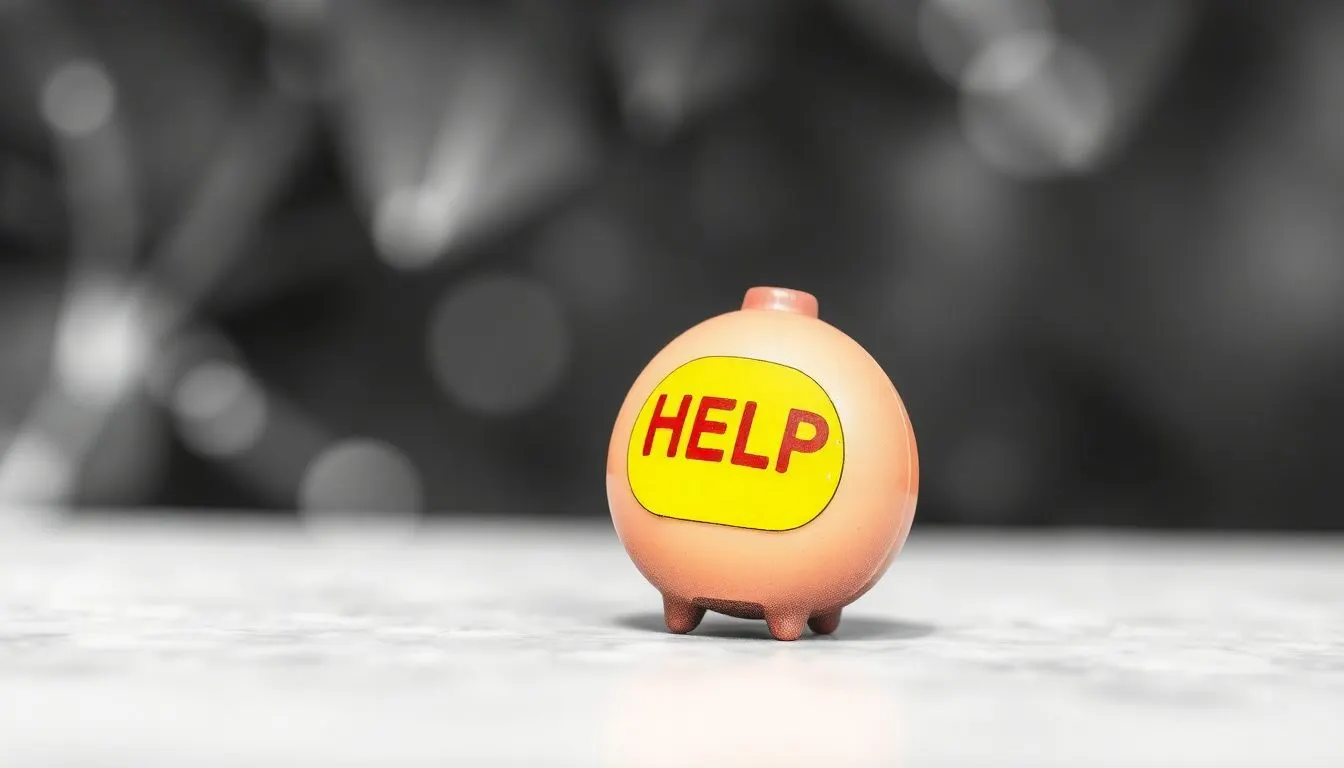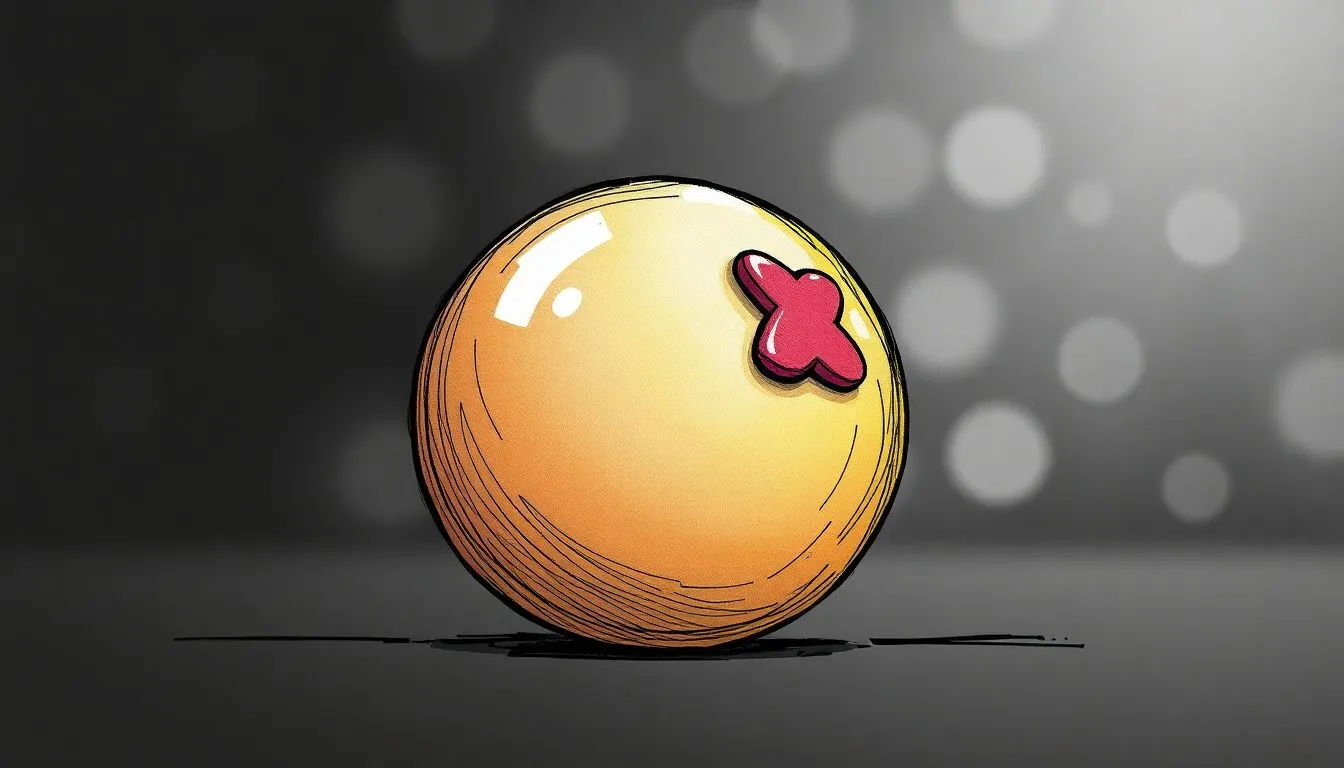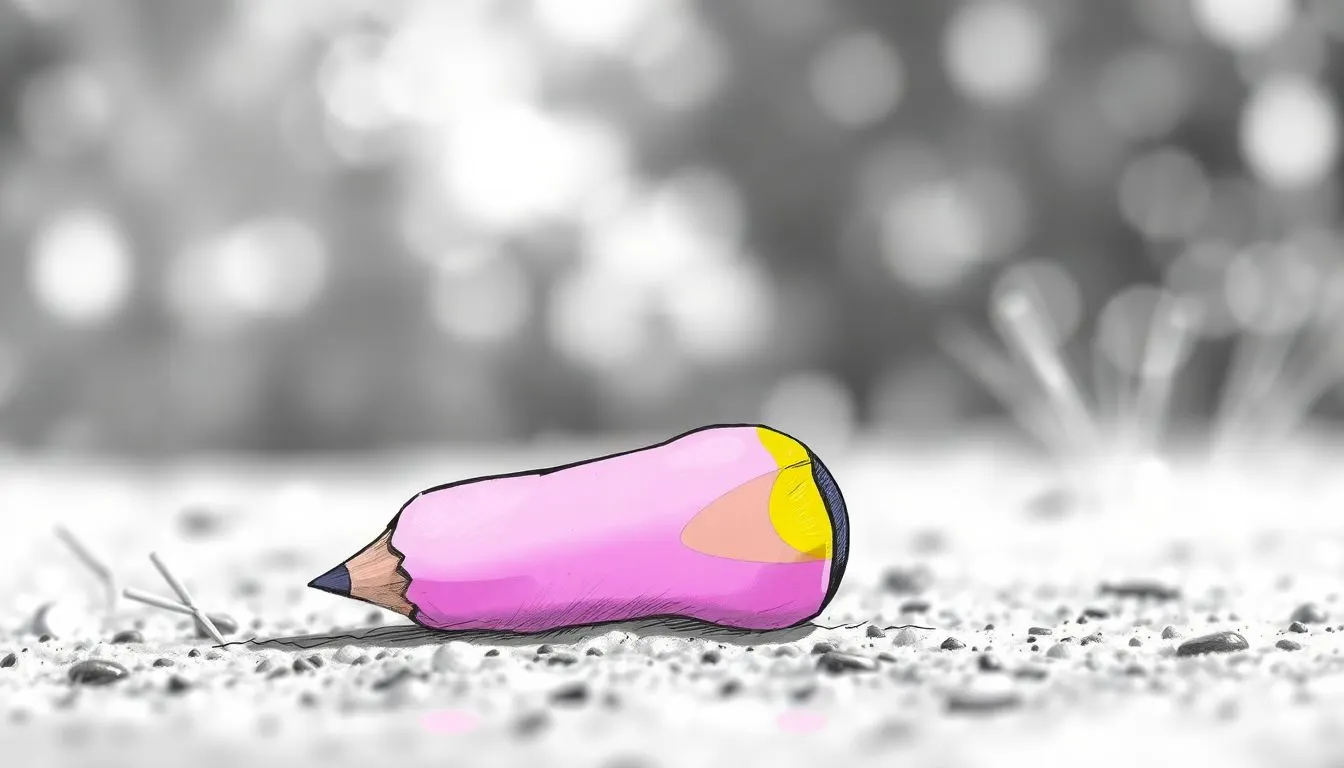How to Signal for Help in an Emergency
In an emergency, signal for help using visible and audible methods. Create large ground signals like SOS with rocks or logs. Use a whistle or shout in three short bursts repeatedly.
Flash a mirror or flashlight toward rescuers or aircraft. Build smoky fires during the day and bright fires at night to attract attention. Stay calm and persistent..

Stay Safe: How to Signal for Help in an Emergency




How to Signal for Help in an Emergency
Emergencies can arise unexpectedly, whether you are hiking in the wilderness, stranded in a vehicle, or caught in a natural disaster. Knowing how to signal for help effectively can be the difference between rescue and prolonged danger. This article outlines essential methods and tips for signaling for help in various emergency situations.
1. Use Universal Distress Signals
Certain signals are widely recognized as calls for help. Familiarizing yourself with these can increase your chances of being noticed by rescuers.
SOS: The Morse code signal “SOS” (three short, three long, three short) is universally understood as a distress call. If you have a flashlight, whistle, or other signaling device, use it to send this pattern.
Three of Anything: Three signals in a row—such as three whistle blasts, three flashes of light, or three fires—are internationally recognized distress signals.
Visual Signals: Creating a large, visible sign on the ground, such as “HELP,” “SOS,” or an “X” using rocks, logs, or other materials can attract the attention of aircraft or search parties.
2. Use Sound to Attract Attention
Sound travels farther than many realize and can be a powerful way to signal for help.
Whistle: A whistle can carry sound over long distances and requires less energy than shouting. Blow three short blasts repeatedly to indicate distress.
Shouting: If no other tools are available, shouting loudly and repeatedly can alert nearby people. Pause between shouts to listen for a response.
Bang Objects: If you have metal or hard objects, banging them together rhythmically can create a loud noise to attract attention.
3. Light Signals
Light signals are especially useful at night or in low-visibility conditions.
Flashlight or Mirror: Use a flashlight to send Morse code signals or flash light in intervals of three. If you don’t have a flashlight, a shiny object like a mirror or metal can reflect sunlight to create flashes visible from a distance.
Fire: A controlled fire can produce smoke during the day and light at night. Three fires arranged in a triangle or straight line is a recognized distress signal.
Glow Sticks or Flares: If you have access to glow sticks or flares, use them to create bright, visible signals.
4. Create Ground Signals
If you are stranded outdoors, creating signals on the ground can be highly effective.
Large Letters: Use rocks, logs, or any contrasting materials to form large letters such as “SOS,” “HELP,” or “X” in an open area. Make the letters at least 10 feet tall to be visible from the air.
Clearing Areas: Clear vegetation or create a pattern in the snow or sand to increase visibility.
Use Bright Colors: Bright clothing or materials can be laid out to form patterns or signals.
5. Use Technology
Modern technology can drastically improve your chances of being rescued.
Cell Phone: If you have signal, call emergency services immediately. Use text messages if calls are not going through.
Emergency Apps: Many smartphones have emergency apps or features that send your location to authorities.
Personal Locator Beacons (PLB) and Satellite Messengers: These devices send distress signals with GPS coordinates to rescue agencies even in remote locations without cell coverage.
6. Stay Calm and Be Persistent
No matter which method you use, staying calm is critical. Repeated signals increase the chance of being noticed. Conserve energy by planning your signaling efforts and resting between attempts.
Conclusion
In an emergency, signaling for help effectively can save your life. Knowing universal distress signals, using sound and light wisely, creating visible ground signals, and leveraging technology can improve your chances of rescue. Always prepare before heading into remote or risky areas by carrying signaling devices and learning these essential techniques. Remember, persistence and clarity in your signals are key to attracting help.
Copyright by PreparationCentral.com. All rights reserved.
This site is not a part of the Youtube website or Youtube Inc. Additionally, This site is NOT endorsed by Youtube in any way. YOUTUBE is a trademark of YOUTUBE, Inc.
